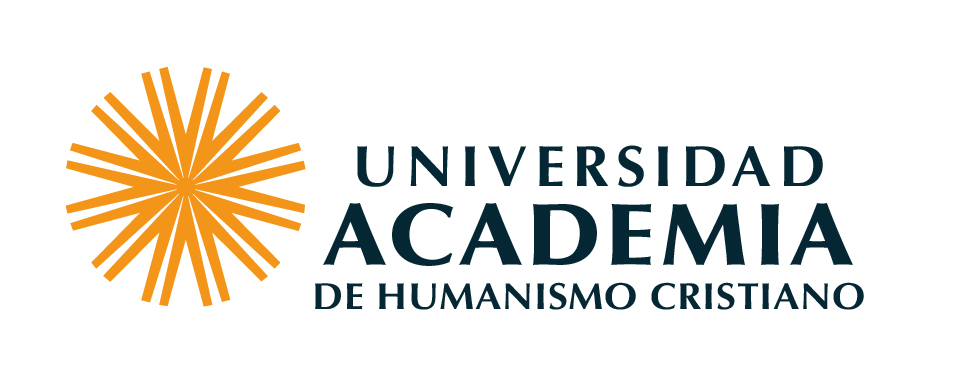MARC details
| 000 -CABECERA |
|---|
| campo de control de longitud fija |
01740cam a2200253 a 4500 |
| 001 - NÚMERO DE CONTROL |
|---|
| campo de control |
023127 |
| 003 - IDENTIFICADOR DEL NÚMERO DE CONTROL |
|---|
| campo de control |
UAHC_CL |
| 005 - FECHA Y HORA DE LA ÚLTIMA TRANSACCIÓN |
|---|
| campo de control |
20170803122216.0 |
| 008 - DATOS DE LONGITUD FIJA--INFORMACIÓN GENERAL |
|---|
| campo de control de longitud fija |
041129b2002 xxu 000 eng |
| 020 ## - NÚMERO INTERNACIONAL ESTÁNDAR DEL LIBRO |
|---|
| Número Internacional Estándar del Libro |
0940228505 |
| 040 ## - FUENTE DE LA CATALOGACIÓN |
|---|
| Centro catalogador/agencia de origen |
UAHC_CL |
| Centro/agencia transcriptor |
UAHC_CL |
| Centro/agencia modificador |
UAHC_CL |
| 245 14 - MENCIÓN DE TÍTULO |
|---|
| Título |
The first Americans : |
| Resto del título |
the Pleistocene colonization of the New World / |
| Mención de responsabilidad, etc. |
editor de serie Nina G. Jablonski. |
| 260 ## - PUBLICACIÓN, DISTRIBUCIÓN, ETC. |
|---|
| Nombre del editor, distribuidor, etc. |
University of California |
| Lugar de publicación, distribución, etc. |
California |
| Fecha de publicación, distribución, etc. |
2002 |
| 300 ## - DESCRIPCIÓN FÍSICA |
|---|
| Extensión |
331 p. |
| 490 0# - MENCIÓN DE SERIE |
|---|
| Mención de serie |
Memoirs of the California Academy of Sciences |
| Designación de volumen o secuencia |
27 |
| 520 ## - SUMARIO, ETC. |
|---|
| Sumario, etc. |
As modern humans spread around the globe, the Americas represented the final continental frontier. These first colonists were modern in appearance and technology, but who were they and when did they arrive? Traditional answers to these questions have come under increasing scrutiny in the face of new findings from artifacts, skeletal remains, genes, and languages. The peopling of the Americas has become one of archeology's most compelling and contentious subjects, as these new lines of inquiry and evidence reveal a more complex picture. In The First Americans: The Pleistocene Colonization of the New World, distinguished scientists from the fields of archeology, physical anthropology, paleoecology, genetics, and linguistics assess the latest evidence from Siberia to Chile and other provocative ideas for how, when, and where humans entered the Americas. |
| 521 ## - NOTA DE PÚBLICO DESTINATARIO |
|---|
| Nota de público destinatario |
Culturas originarias de América |
| 650 #4 - PUNTO DE ACCESO ADICIONAL DE MATERIA--TÉRMINO DE MATERIA |
|---|
| Término de materia o nombre geográfico como elemento de entrada |
DESCUBRIMIENTO Y EXPLORACIONES |
| Subdivisión geográfica |
AMERICA |
| 653 ## - TÉRMINO DE INDIZACIÓN--NO CONTROLADO |
|---|
| Término no controlado |
ANTROPOLOGIA |
| 658 ## - TÉRMINO DE INDIZACIÓN--OBJETIVO CURRICULAR |
|---|
| Objetivo curricular principal |
Seelenfreund, Andrea |
| 700 1# - PUNTO DE ACCESO ADICIONAL--NOMBRE DE PERSONA |
|---|
| Nombre de persona |
Jablonski, Nina G. |
| 711 2# - PUNTO DE ACCESO ADICIONAL--NOMBRE DE REUNIÓN/CONGRESO |
|---|
| Nombre de congreso/reunión o jurisdicción como elemento de entrada |
Paul L. and Phyllis Wattis Foundation Endowment Symposium |
| Número del congreso/reunión o número de parte o sección |
(4th : |
| Sede del congreso/Lugar de la reunión |
California Academy of Sciences) |
| Fecha del congreso/reunión |
1999 |
| 900 ## - ELEMENTOS DE DATOS A LOCAL, LDA (RLIN) |
|---|
| Nombre de persona |
970.011 FIR |
| 942 ## - ELEMENTOS DE PUNTO DE ACCESO ADICIONAL (KOHA) |
|---|
| Tipo de ítem Koha |
Libro |
